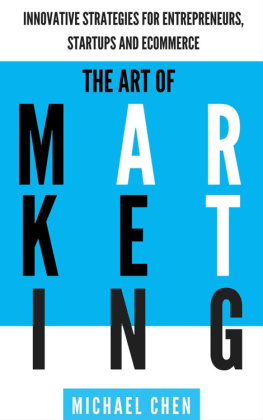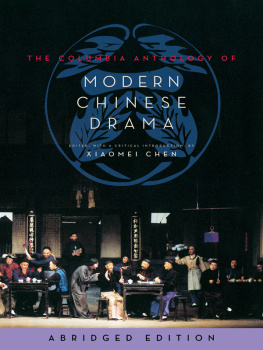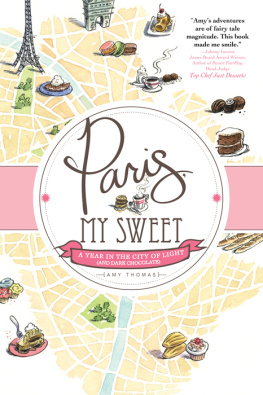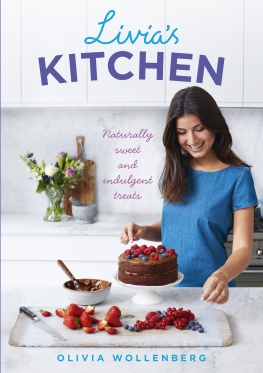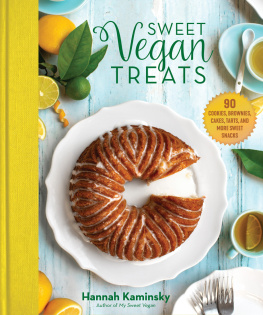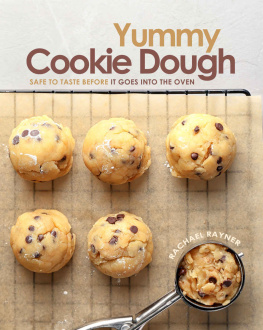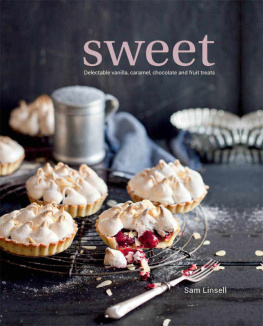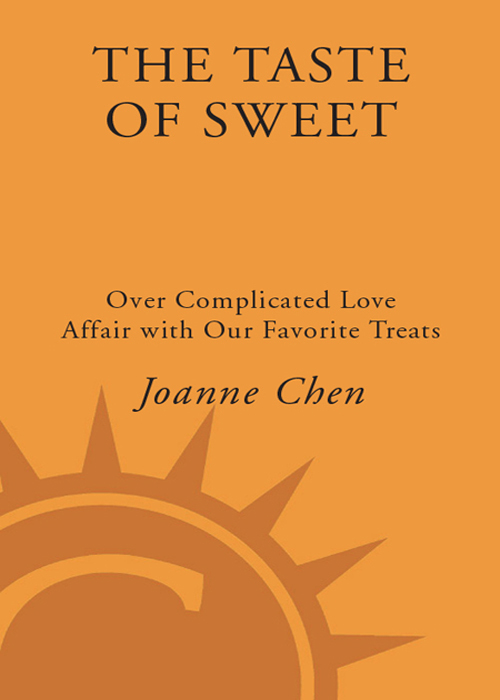
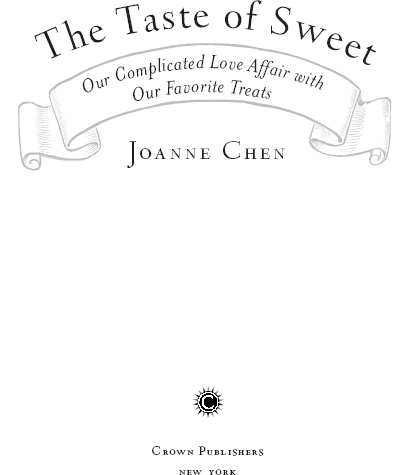
Contents
For my mother and father

Introduction
W HEN PEOPLE HEARD THAT I WAS WORKING ON a book about sweets, they assumed one of two things: I was either producing an expos on junk food or creating one of those beautifully photographed dessert books. Neither could be further from the truth, since I am a firm believer in consuming king-sized chocolate bars and hardly a gourmet. What fascinates me, rather, is our relationship with sweets. The truth is, the sweets we enjoy are rarely the immaculate cakes gracing glossy magazines or the shrink-wrapped stuff of vending machines. For most of us, sweets consist of a little of both and plenty in between. They permeate every aspect of our lives and, in doing so, raise a litany of questions: Why are some of us cookie snackers and others potato chip eaters? Why are certain sweets denigrated as garbage while others, with equal amounts of sugar and fat, are cherished as luxurious treats? And why do I always have room for dessert?
As all these questions accumulated, I began to collect clues that shed some light on these topicsnotes from interviews Ive conducted as a magazine editor, articles ripped from newspapers, insights from books, random theories scribbled on the back of a press release. It all started as a lone folder marked sweets, which then grew to fill out my filing cabinets and shelves. Eventually I decided to give this collection of factoids and ideas some semblance of organization. This is how the book came to be.
IVE ALWAYS HAD a fixation with sweetnessnot simply the taste itself but also how we perceive and react to it. Chapters 1 and 2 explore the nature of those reactions: Why are some of us able to refuse a tray of fresh-baked chocolate chip cookies, just because were not hungry, while the rest of us cant say no? Why are certain chocolates relegated to the drugstore shelves, next to the AA batteries and plastic sunglasses, while others are worthy of beautiful boxes and welcomed as gifts? It used to surprise me that the same sweetness in seemingly similar contexts can trigger such different responses, but after visiting sensory specialists, professional food tasters, and trend researchers, I realized that taste isnt simply about the tongue at all. Each taste experience is an elegant orchestration of all the sensory organs working together, with our brain guiding the whole affair. Its a complicated enterprise, loving the foods we love.
When it comes to sweets, we dont dole out our affections indiscriminately. We can be very selective. Nuances are important, so much so that even the humblest of restaurants might offer two or three or more different types of sweeteners, all recognizable by their white, pink, blue, yellow, and brown packets. In contrast, its a rare spot that offers an army of vinegars on the table, though different brands also have subtle differences in flavor. Sweet condiments are among the few things we request by their brand name, as in Please pass the Equal. This is not the same as Please pass the Kleenex, a case where a brand name has morphed into a generic term. When we ask for Equal, we are being very specific about what we want our sweet to taste likesomething we almost never have the opportunity to do with our mustard, barbecue sauce, and olive oil.
But then again, in the grand scheme of things (and by this I mean not simply the food industry or the restaurant scene, but the planet itself ), the taste of sweet is special. If I gathered as much as I could in the thick forest behind my old house and sampled everything that sprouted from the ground or on trees, most of it would taste bitter or sour; the non-plants, like stones and soil, would probably be salty. I can only imagine, then, what a happy surprise an early hunter-gatherer would have had when she stumbled across the taste of sweet after a long search for edible fooda look of sheer joy, I would expect, like the look my friends daughter gave when she took her first bite of chocolate cake on her first birthday. That look, her pastry chef father explained to me, was as if she were thinking, I cant believe something this good was kept secret from me for so long!
For hundreds of centuries, sugar, the current gold standard of what sweetness should taste like, was kept secret from most of the world too. Its crystals lie hidden in simple foods that taste sweet, such as honey, maple and palm syrup, fruit, and other plants, including sugar beets and sugarcane. Going by the scientific name sucrose, a sugar molecule is in fact two simple sugars, glucose and fructose, linked together. Simple sugars are compounds of carbon, hydrogen, and oxygen, with the latter two always in the same two-to-one ratio as water. They are sweet in and of themselves; but linked together, they produce an entirely different, more complex, sweet nirvana. Sucrose is sweeter than glucose but milder than fructose. It gives food moisture and texture while it enhances quietly, invisibly, leaving the fundamental flavors of that food intact. The sucrose we enjoy today is taken from the juice of sugarcane and sugar beets. The older sourceand the source that constitutes 70 percent of the worlds sugar productionis sugarcane, of which Saccharum officinarum is the most important.
An unexpectedly oversized member of the grass family, it can grow as tall as twenty feet and as thick as two inches in diameter. As sturdy as it sounds, its also sensitive about its surroundings. Sugarcane demands nutrient-rich soil, brilliant sunshine, and decent moisture. In order to experience its sweetness, one cannot simply pluck or pull, as one would a fruit. The cane must be cut with blades, and you must extract the sucrose-containing liquid quickly and carefully because the cane is fragile and, when cracked, is prone to spoilage. You then boil the juices to produce the syrup, which is, in turn, cooled and boiled several more times until finally you are left with a yield of sweet white crystals. Molasses is the syrup thats extracted from boiling, and with each successive round of the refinement process, its color gets darker as the sugar gets whiter. Brown sugar is sugar that has undergone an abbreviated refining process. Although these days, with an eye for consistency, the beige tabletop crystals are sometimes refined completely, and molasses is added back in. Either way, for the perfect, purest sweetener, timing and temperature are of the essence. It must be hot enough to allow the impurities to evaporate, but not too hot so as to burn the whole concoction.
Understandably, it took some time before humans looked beyond obvious appearances and discovered the taste inside. The first sugar eaters simply sucked and chewed on the cane plant, letting the sweet juices wash over the palate. The juice is 15 percent sucrosefour to five times less sweet than dried dates or honey, but undeniably purer, giving no hint of fruitiness or waxiness or woodiness.
Historians suspect that sugarcane was cultivated in New Guinea before 8000 B.C. and spread in several directions in the millennia that followed, perhaps arriving in the Philippines and India around 6000 B.C., and then later in Indonesia, though it may have been cultivated independently there as well. The plant seems to have stayed put for a long while, until probably the third century B.C., when it was brought to southern China from either Southeast Asia or eastern India.
Next page



